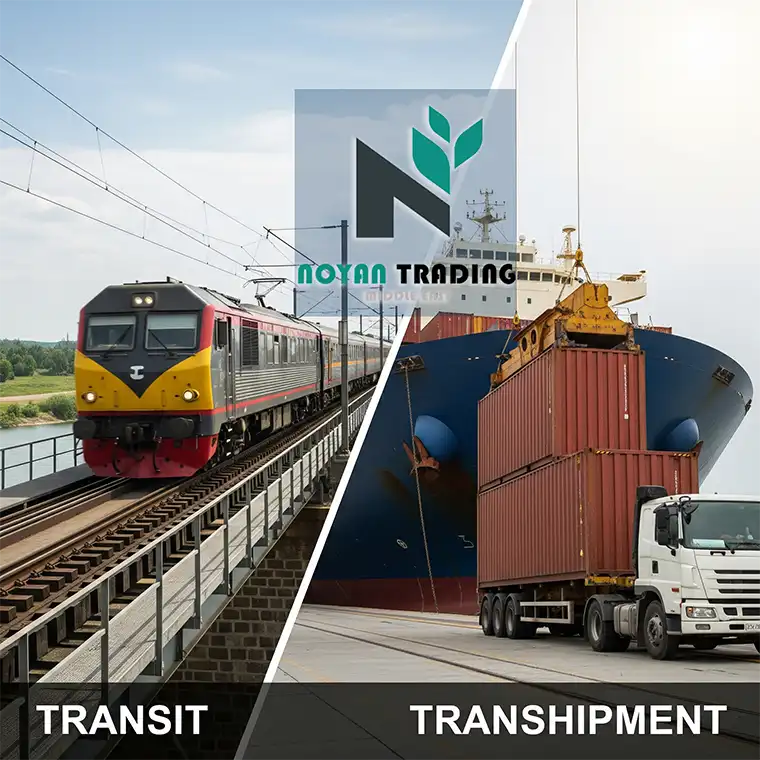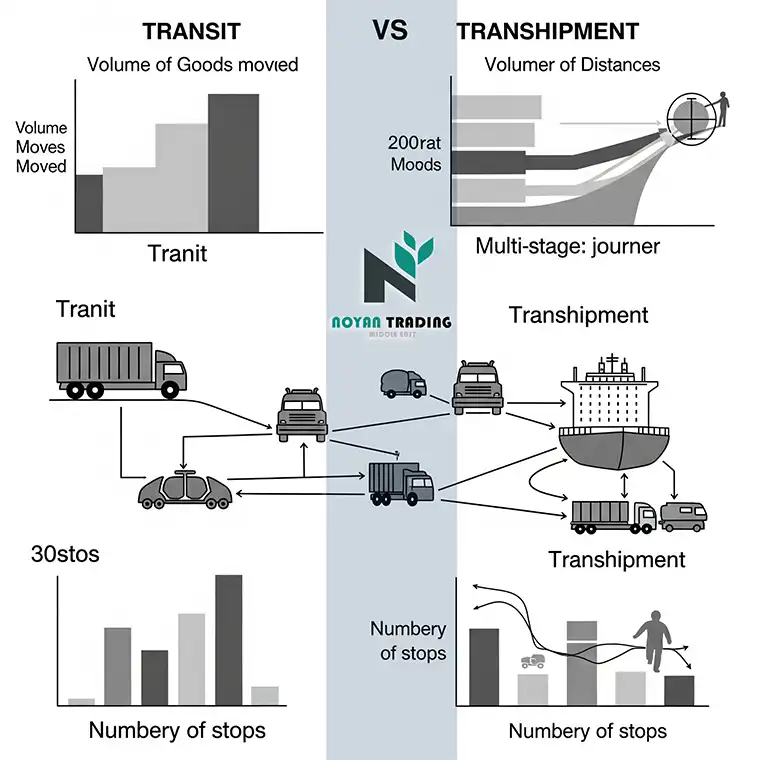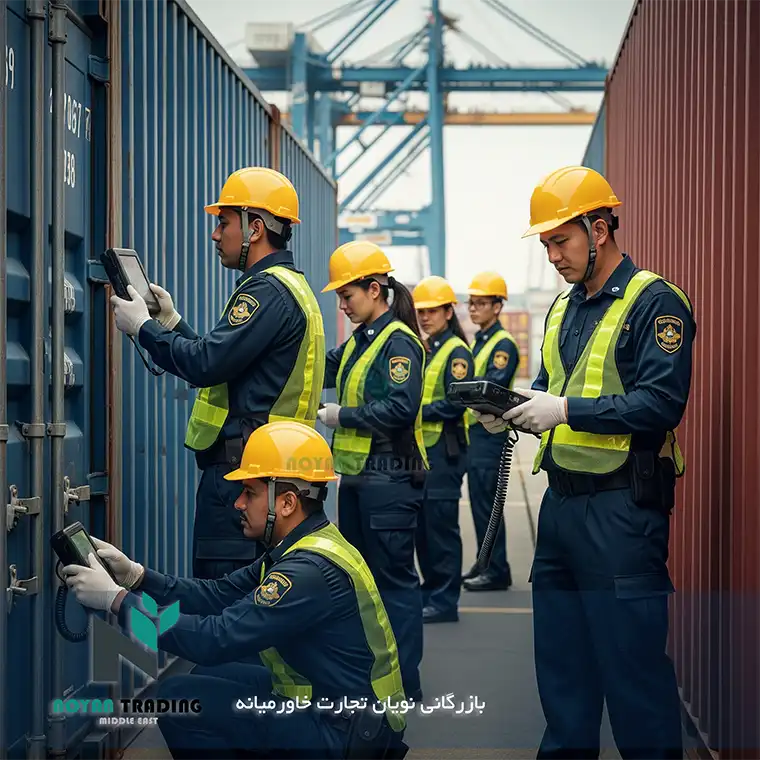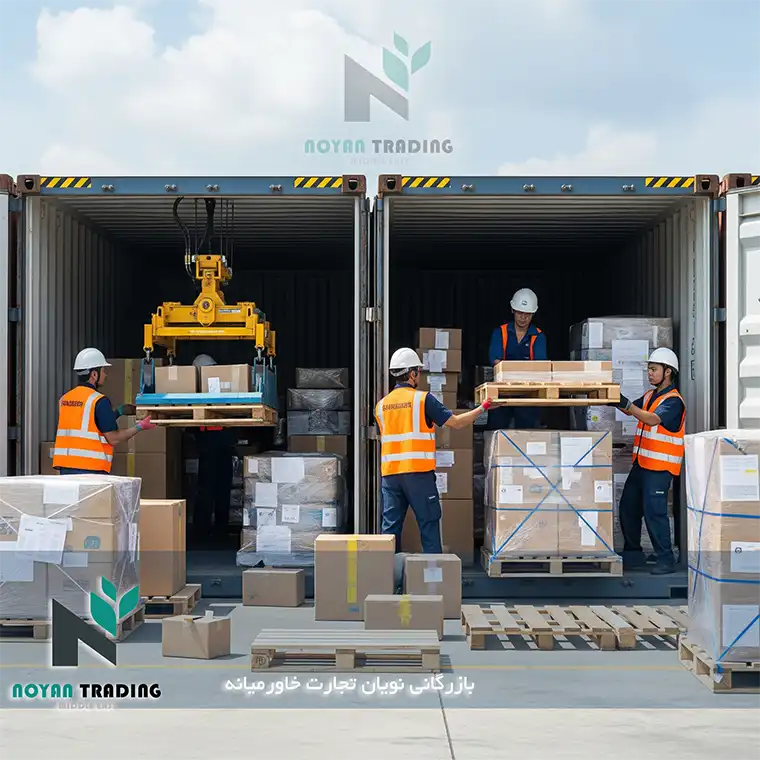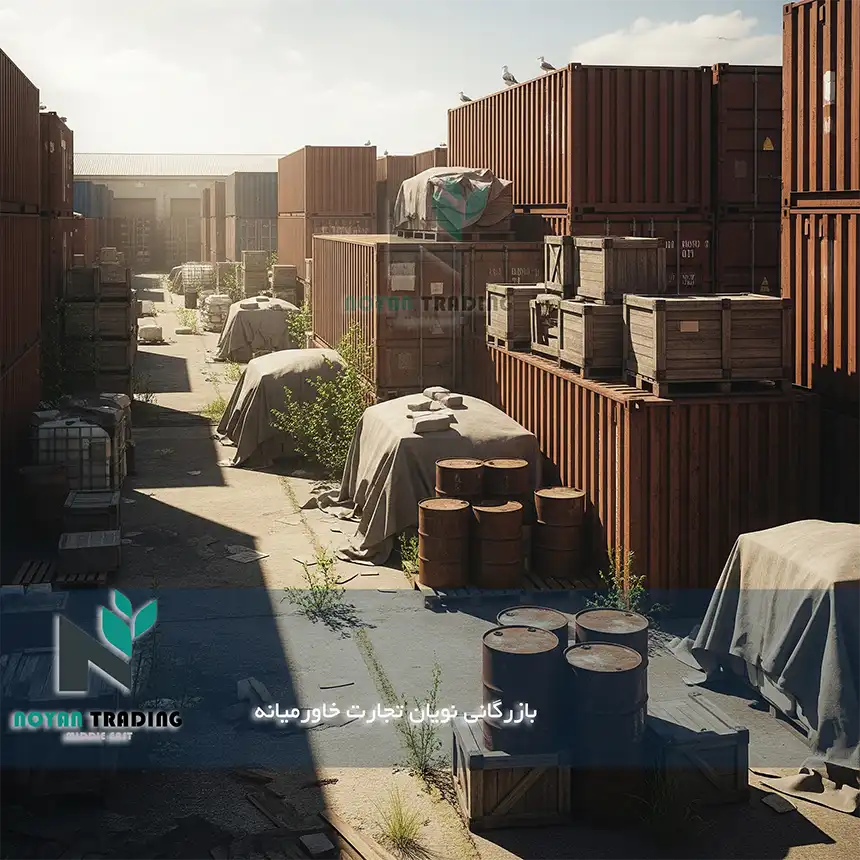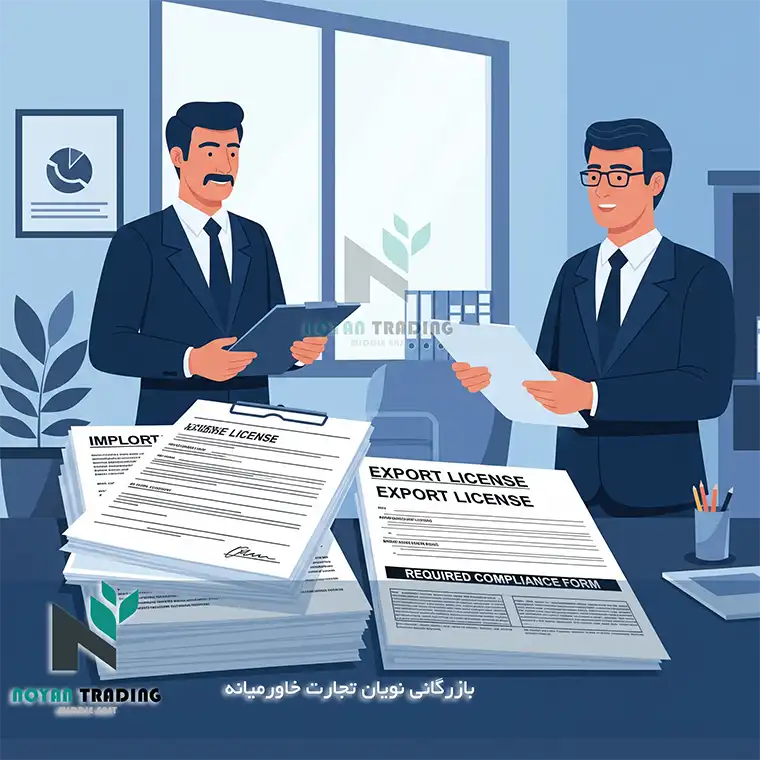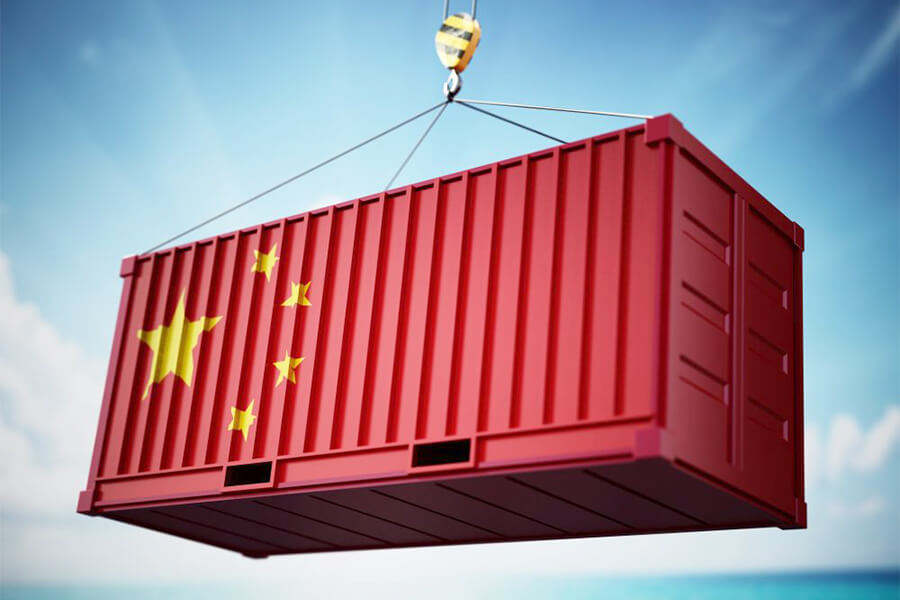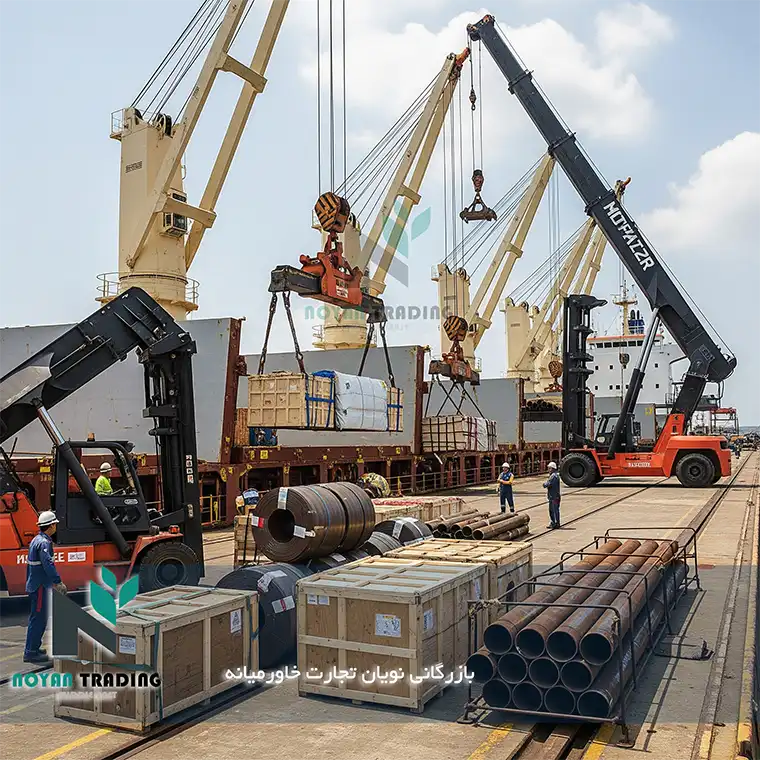In the international shipping and logistics industry, there are many terms that can be confusing to the uninitiated. Transit and Transshipment are two important and widely used concepts that are sometimes mistakenly used interchangeably, while they have fundamental differences in how they operate and customs procedures. Understanding these differences is vital for economic operators, traders and transport companies to avoid problems and additional costs.
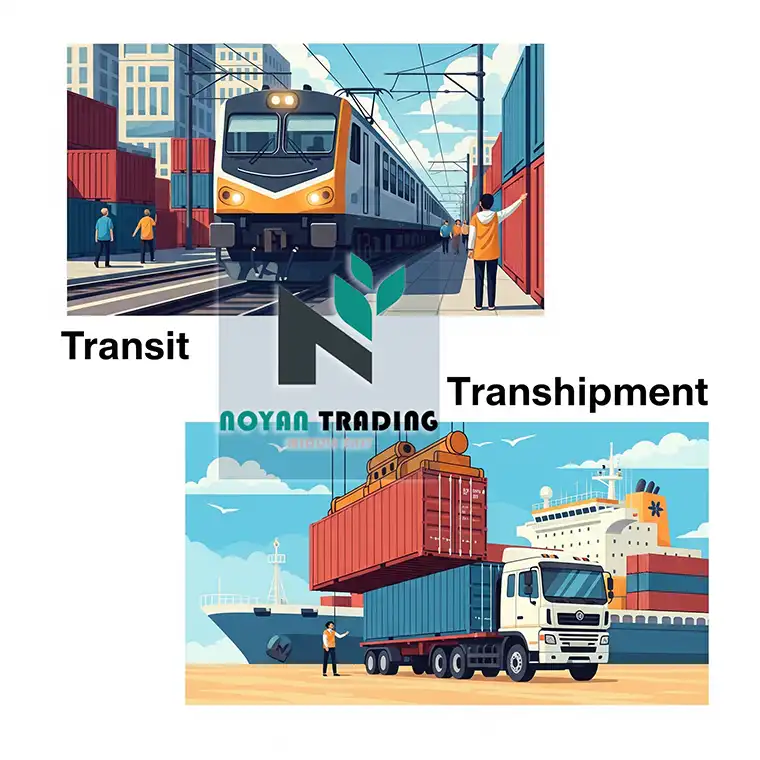
Transit: The mere passage of a Territory
Transit is a customs procedure under which goods pass from a point of entry to a point of exit in the customs territory of a country, without entering the customs territory of that country (for domestic consumption) or changing ownership. In other words, the intermediate country is merely a “route” for the goods to reach their final destination from the point of origin.
Key features of transit:
- Main purpose: The goods pass through a third country to their final destination.
- Change of means of transport: In the main transit procedure, the means of transport (ship, truck, train, plane) and container do not usually change. The goods are transported by the same means and The container enters and exits at one border.
- Customs formalities: The transit goods are exempt from paying import duties (customs duties and commercial interest) and taxes in the intermediate country, because they are not intended to enter the domestic market of that country. However, they are subject to customs and operational costs (such as freight, seals, and surveillance costs).
- Goods status: The goods are considered “uncleared” during the transit route and are under the supervision and sealing of the customs of the intermediate country. Customs ensures that the goods leave the country without interference or seizure.
- Bill of Lading: Usually, a Master Bill of Lading is issued for the entire route from origin to final destination.
- Risks: The main risk in transit is the failure of the goods to leave within the stipulated time or tampering with the seal and contents of the container en route, which can be considered smuggling.
Types of Transit in Iran:
The Iranian Customs Law divides transit into two main types:
- Foreign (International) Transit: A good is imported from one Iranian border customs office and exported to a third country from another border customs office. (Example: A product from Europe bound for Afghanistan passes through Iranian territory.)
- Internal transit (Pasavan): Uncleared goods are transferred from one customs office of entry (e.g. Bandar Abbas) to another customs office within the country (e.g. Tehran Customs) for final customs formalities and clearance to be carried out there. This is done to facilitate the clearance process and proximity to the consumer market.
Transshipment (Transshipment / Cross Stuffing): Change of means of transport or container
Transshipment is an operation in which goods (often in containers) are unloaded from one means of transport (ship, plane, truck) or container at an intermediate point (port or airport) and transferred to another means of transport or container. It can continue its journey to its final destination. This operation usually takes place at hub ports or large logistics centers. Important note: The term “cross stuffing” explained earlier is actually a subset of transshipment, in which goods are transferred from one container to another. Sometimes the two terms are used interchangeably, but transshipment can also involve a change of means of transport without changing containers.
Key features of transshipment:
- Main purpose:
- Sanctions circumvention: The most common reason for Iran, where shipping lines do not serve Iran directly. The goods are shipped to a third country, transshipped, and then arrive in Iran by another line.
- Lack of direct shipping lines: There is no direct line between the origin and the final destination.
- Logistics optimization: The use of large ships on routesMain and smaller vessels (feeder) for secondary routes.
- Change of transportation method: For example, from sea to air or land.
- Change of means of transport/container: This operation is the most important distinguishing feature of transshipment. The goods must be unloaded from their original means and loaded into a new means or container.
- Customs formalities: The transshipped goods are under customs supervision at Wasit Port. Although it may not be fully “cleared”, its entry into the customs territory of the transit country is recorded and, after the transshipment operation, it leaves that country as an export commodity with a new bill of lading (often from the forwarder).
- Bill of Lading: Typically, in a transshipment, a new bill of lading (often a House Bill of Lading) is issued, originating at the transit port and proceeding to the final destination. This can add to the complexity of the documentation.
- Risks: Increased risk of damage to goods during unloading and reloading, increased costs (unloading, loading, temporary storage costs at Wasit Port), and longer transit times.
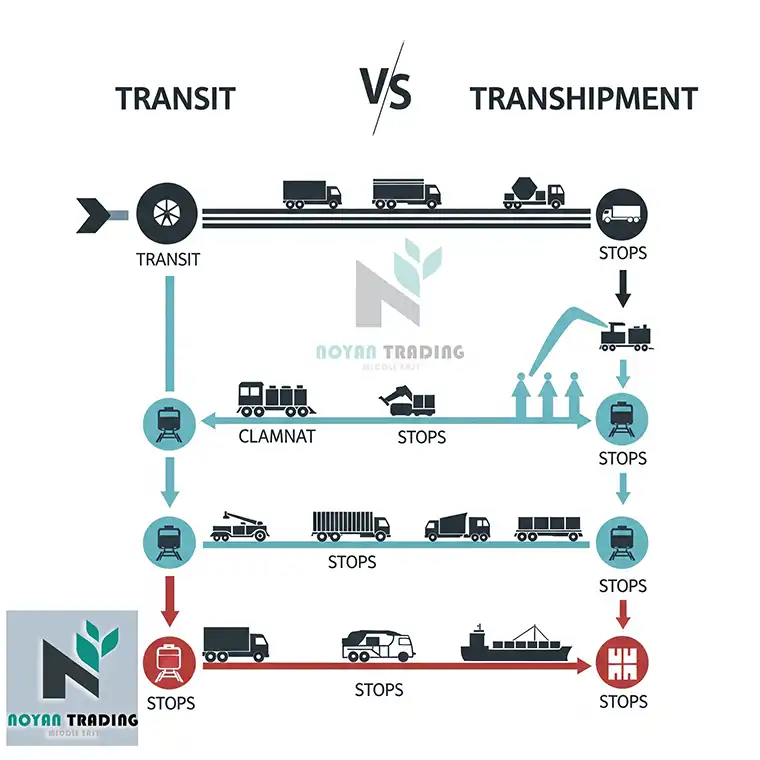
Main differences between transit and transhipment at a glance
|
Feature |
Transit |
Transshipment |
|
Operational definition |
The passage of goods through the customs territory of an intermediate country. |
The unloading and reloading of goods from one vehicle/container to another at one point Intermediate. |
|
Physical change of goods/container |
No (usually the goods remain in the same vehicle and container) |
Yes (the goods are removed from the original vehicle/container and transferred to a new one) |
|
Change of means of transport |
No (usually) |
Yes (usually the means of transport also changes) (Payment of import duties) Direct |
Importance of Understanding These Differences
A thorough understanding of these differences is essential for traders and shipping companies:
- Choosing the Right Procedure: Making the wrong choice between transit and transshipment can lead to long delays, additional charges, and even legal problems.
- Cost Management: The operational and administrative costs of transshipment are usually higher than those of transit alone due to the physical movements.
- Risk Management: The risk of damage to the goods and the need for appropriate insurance are higher in transshipment and should be mentioned in the cargo insurance policy.
- Legal and Sanctions Considerations: In sanctions situations, transshipment is often a solution to circumvent restrictions, but it must be done carefully and with full awareness of the regulations of both the origin, intermediate and destination countries.
Ultimately, both transit and transshipment procedures are important tools in the global supply chain that help facilitate international trade. The choice between them depends on the nature of the goods, the final destination, existing restrictions and the logistics strategy.

